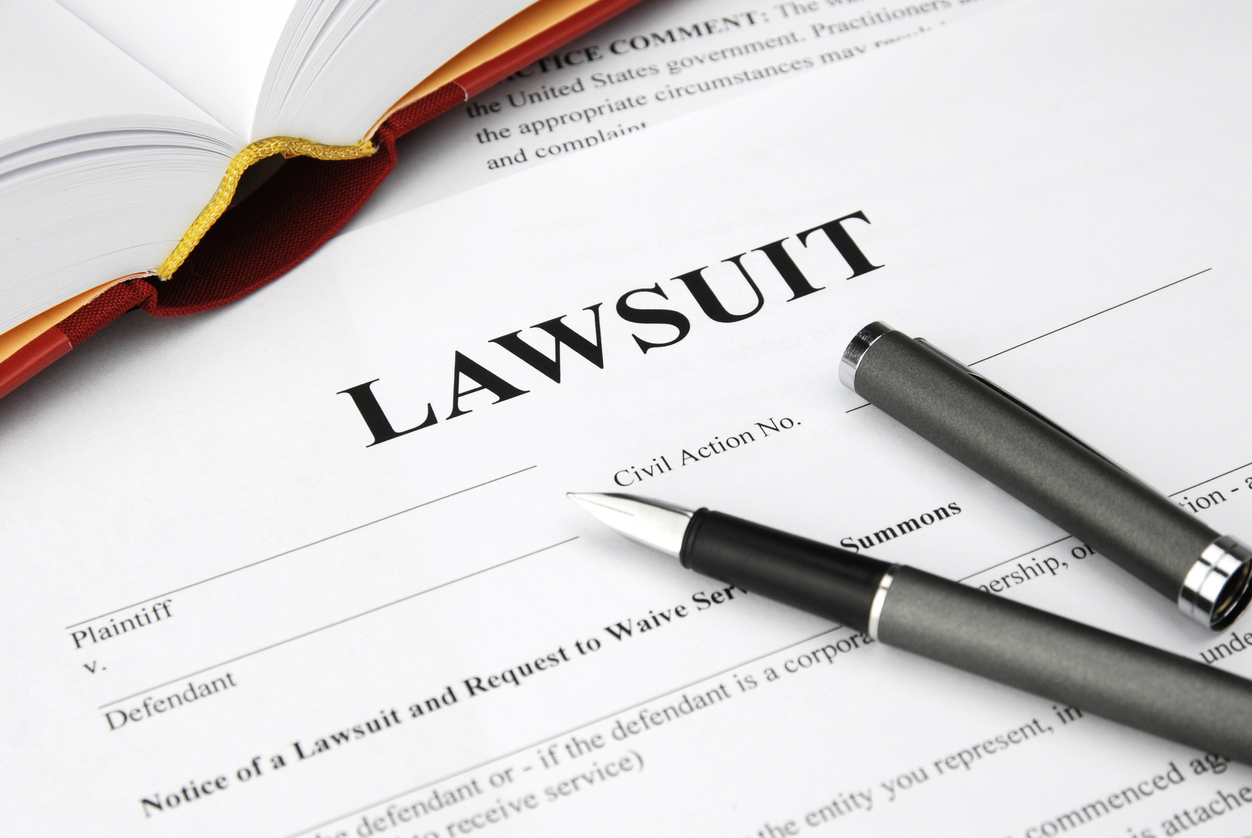Mark Roman | June 6, 2024 | Personal Injury

It can take a lot of time and effort to pursue a lawsuit, even if it settles early. Now imagine the time and energy it takes when, say, a defective medication injures hundreds of people.
To resolve such lawsuits, the numerous plaintiffs will have to prove the same facts hundreds of times. That is what motivates class action lawsuits—the desire to consolidate many lawsuits into one and thereby conserve judicial resources.
Types of Claims That Are Most Likely To Become Class Actions
The two types of personal injury claims that are most likely to become class action lawsuits are product liability claims and toxic tort claims ( a chemical spill, for example).
Nevertheless, other types of claims, such as mass transit accidents, might also qualify for class action status. Any group of personal injury cases with similar facts, even those involving premises liability or maritime accidents, could potentially qualify as a class action lawsuit.
How To Start a Class Action Lawsuit
You start off any lawsuit by filing a formal complaint with the clerk of the appropriate court. You also have to pay a filing fee, and you have to serve a copy of the complaint and a court summons on the defendant.
But all that will get you is a single lawsuit. If you want to turn your case into a class action lawsuit representing dozens or perhaps even hundreds of plaintiffs, you have to go further.
What You Have To Prove To Certify the Class
To turn an ordinary lawsuit into a class action lawsuit, you have to prove the below-listed assertions. As the plaintiff, it must be your initiative. It is the judge, however, who decides whether to allow your ordinary lawsuit to become a class action lawsuit.
If you succeed, you will serve as the representative plaintiff. This will render decisions made for or against you binding on all members of the class unless they opt out. Here is what you have to prove to get your class certified:
- The representative (you) has suffered the same damages as members of the class you are trying to certify.
- You can define the class clearly enough to determine who is a member of the class in a non-arbitrary manner.
- The number of class members is appropriate. In prior practice, the number of class members is at least 22, although some lawsuits join many more plaintiffs.
- There is a common set of facts or a common legal interest underlying the members’ injuries.
- Your claims are so similar to the claims of the other class members that litigating your case will adequately decide their cases too, even though they will not participate.
- A class action lawsuit is the most efficient way of resolving the various plaintiffs’ and defendants’ claims.
You will probably need to prove all of the foregoing claims before the judge will certify your class action.
‘Opting Out’ and the Consequences
Any plaintiff in a class action lawsuit, other than the representative plaintiff, can opt out of the lawsuit (this is usually done by mail). If you opt out, you will not share in any verdict or settlement, but you will retain the right to file your own lawsuit.
Do You Need a Lawyer?
If your goal is mere passive participation in the lawsuit (as one of many plaintiffs), you probably don’t need a lawyer. If you plan to opt out of the lawsuit, you don’t need a lawyer with respect to the class action itself. You do need a lawyer under two circumstances:
- If you plan on initiating your own class action lawsuit, or
- If you plan on opting out of the class and filing your own individual lawsuit on the same facts.
To decide what to do, it’s best to book a free initial consultation with an experienced personal injury lawyer. Under the contingency fee system that most personal injury lawyers use, you only pay legal fees if you win compensation.
Contact the Tampa Personal Injury Law Firm of Roman Austin Car Accident and Personal Injury Lawyers for Help Today
For more information, please contact the legal team of Roman Austin Car Accident and Personal Injury Lawyers for a free initial consultation with a personal injury lawyer in Tampa. We have convenient locations in Florida: St. Petersburg, Safety Harbor, Clearwater, New Port Richey, and Tampa.
We serve throughout Pinellas County, Hillsborough County, Pasco County, and its surrounding areas:
Roman Austin Car Accident and Personal Injury Lawyers – Clearwater Office
1811 N. Belcher Road, Suite I-1
Clearwater, FL 33765
(727) 787-2500
Roman Austin Car Accident and Personal Injury Lawyers – Congress Ave Office
2360 Congress Avenue
Clearwater, FL 33763
(727) 591-5610
Roman Austin Car Accident and Personal Injury Lawyers – Tampa Office
6601 Memorial Hwy Suite 202
Tampa, FL 33615
(813) 686-7588
Roman Austin Car Accident and Personal Injury Lawyers – New Port Richey Office
2515 Seven Springs Blvd.
New Port Richey, FL, 34655
(727) 815-8442
Roman Austin Car Accident and Personal Injury Lawyers – St. Petersburg Law Office
840 Beach Dr NE Suite 202
St. Petersburg, FL 33701
(727) 787-2500
Roman Austin Car Accident and Personal Injury Lawyers – Safety Harbor Law Office
202 9th Ave S Suite A-2
Safety Harbor, FL 34695
(727) 787-2500

